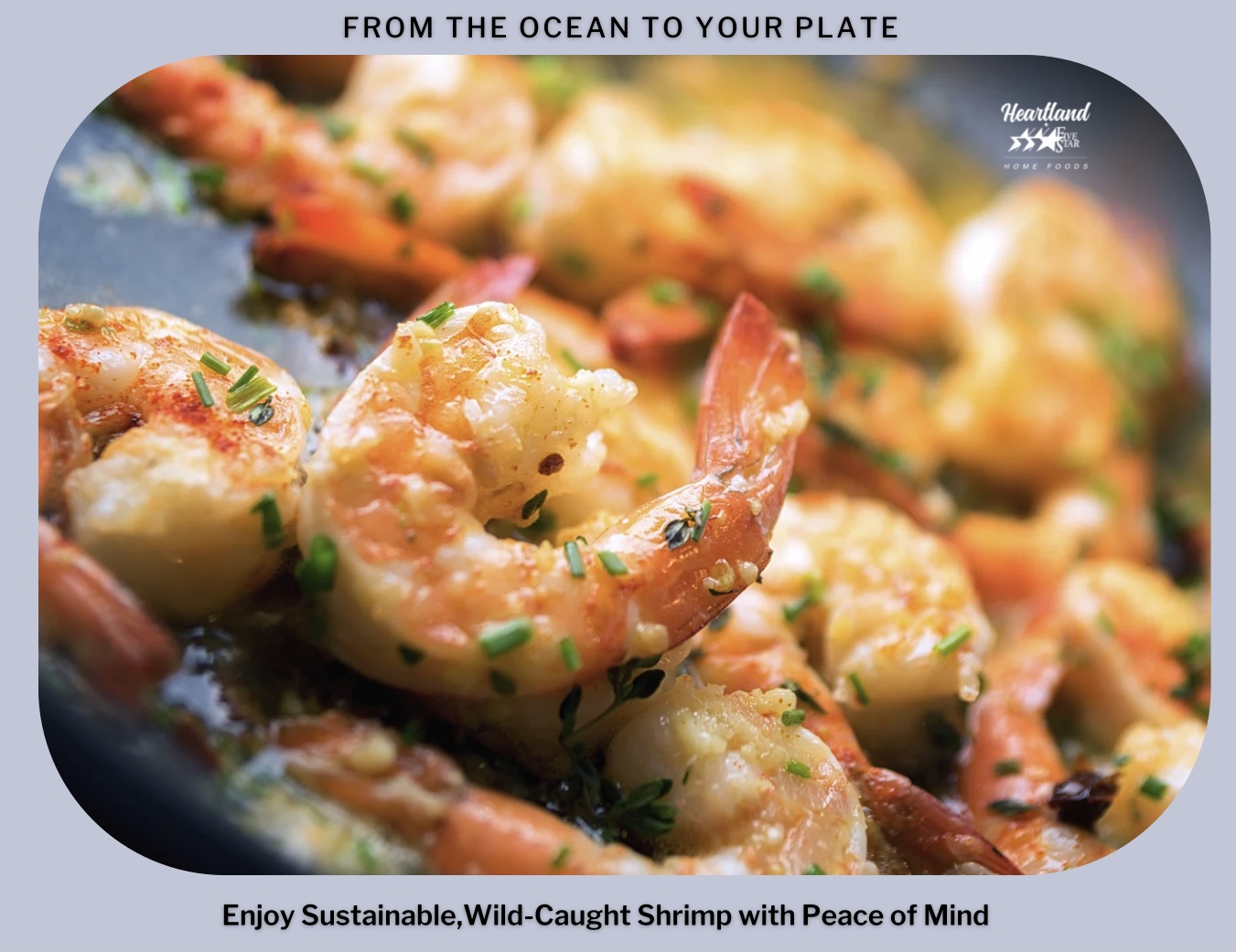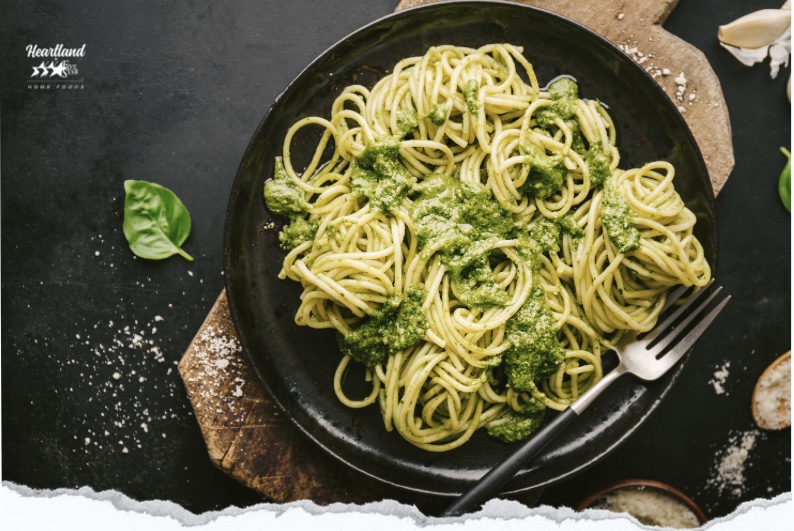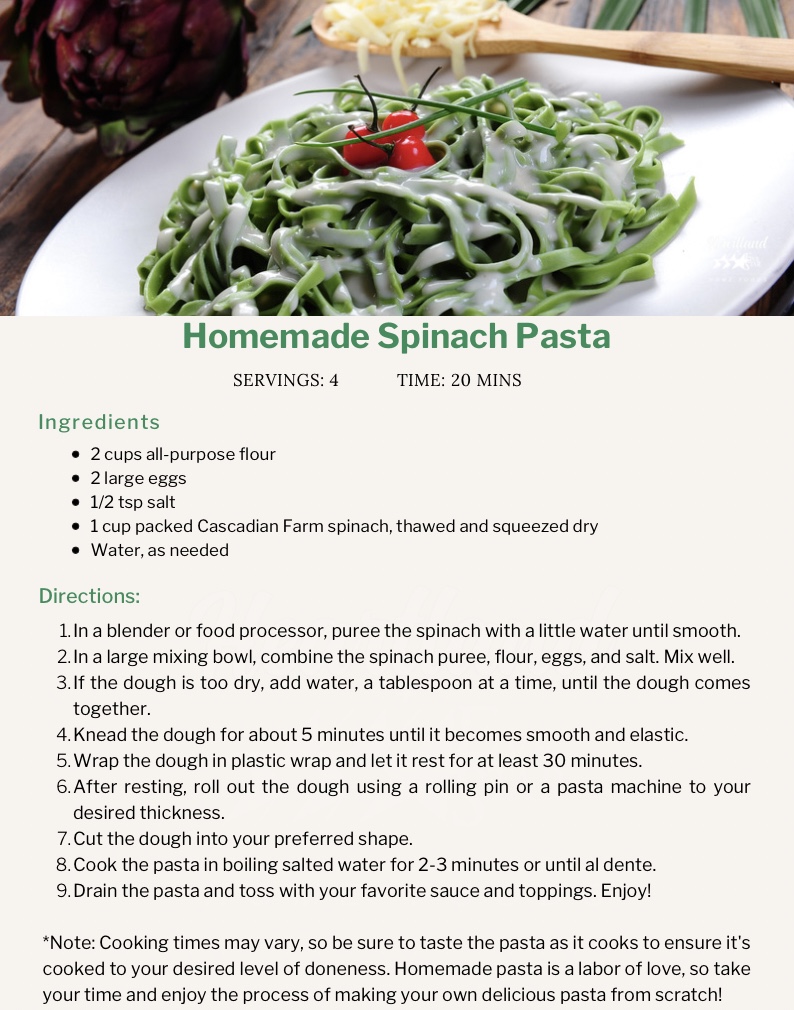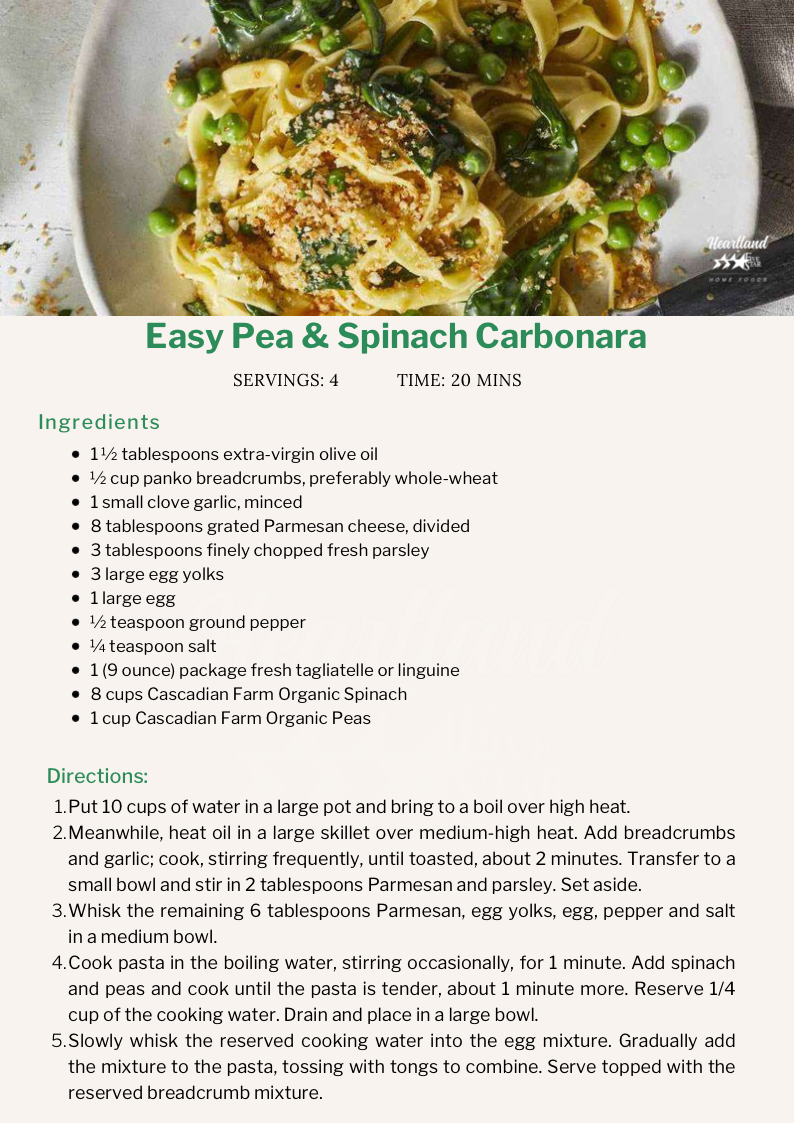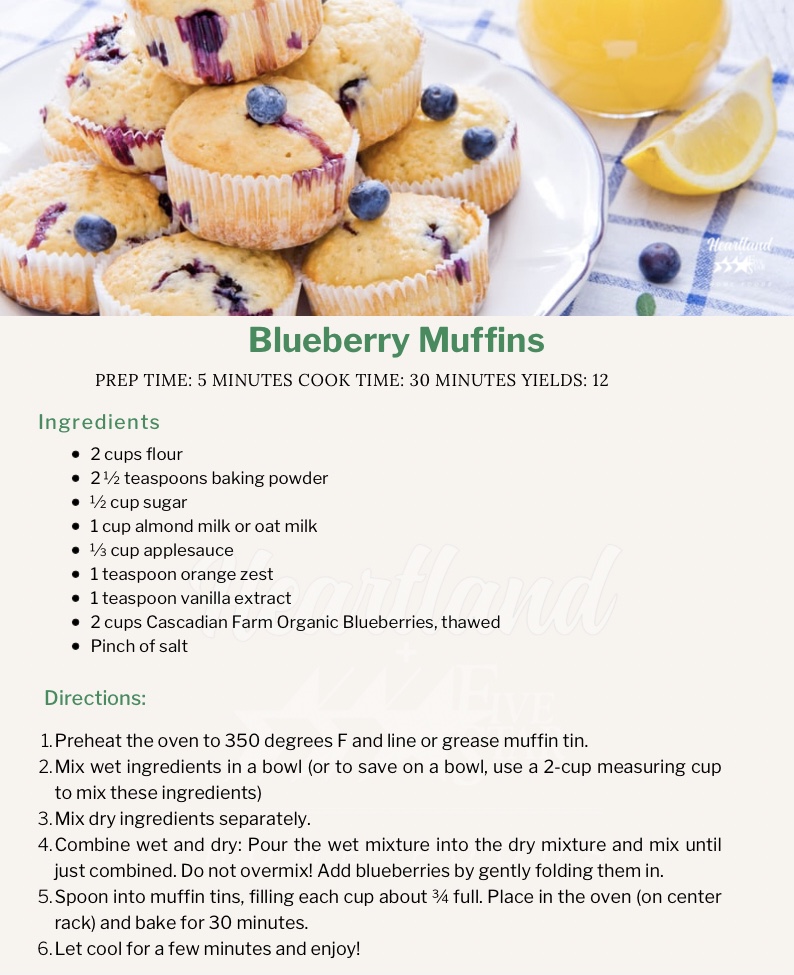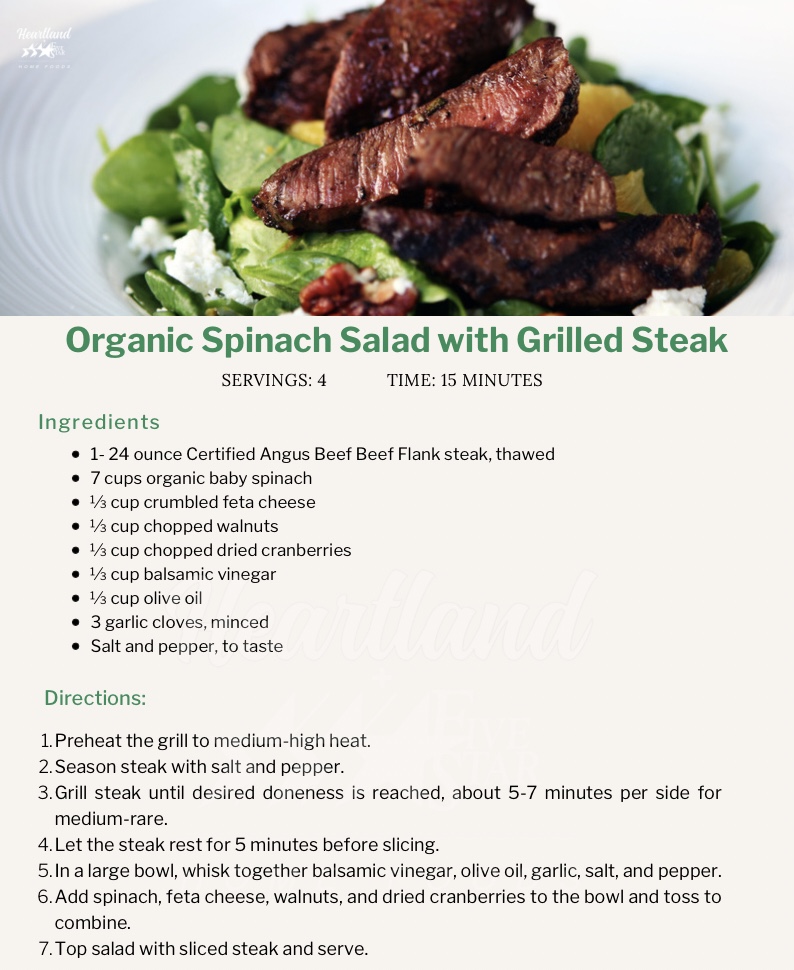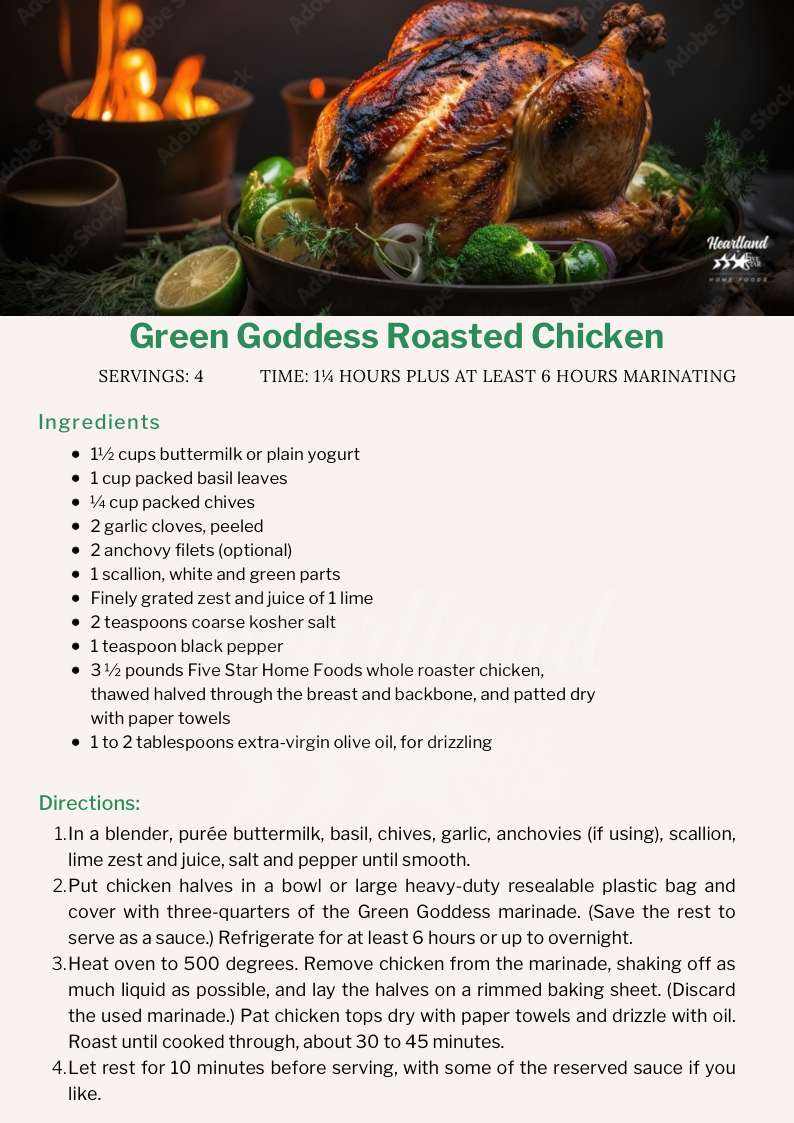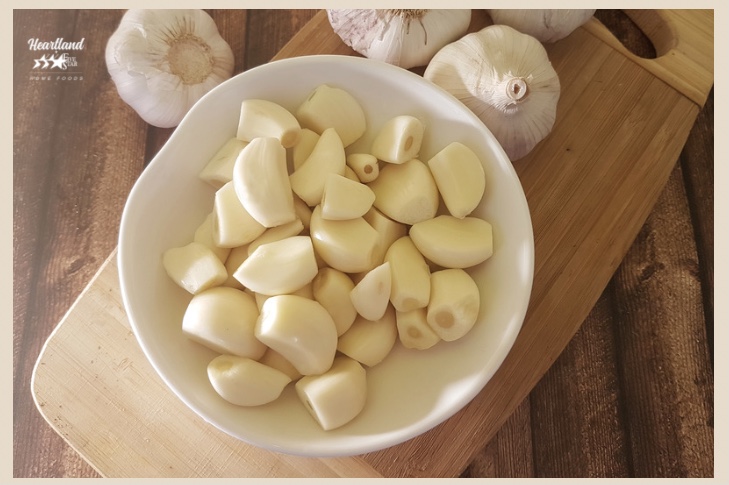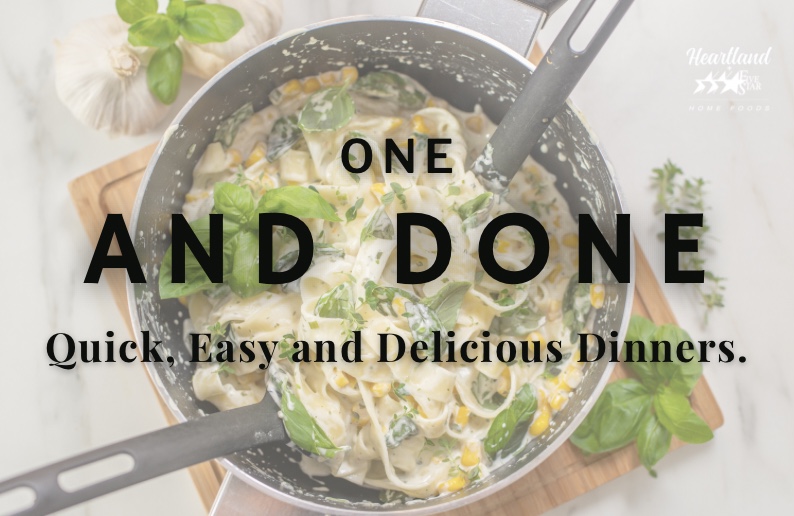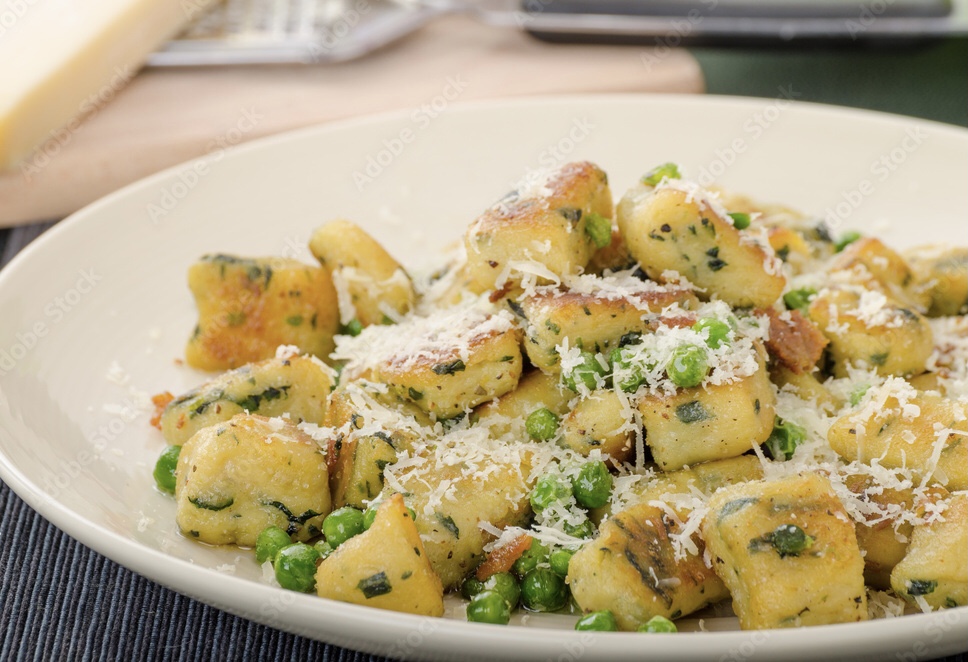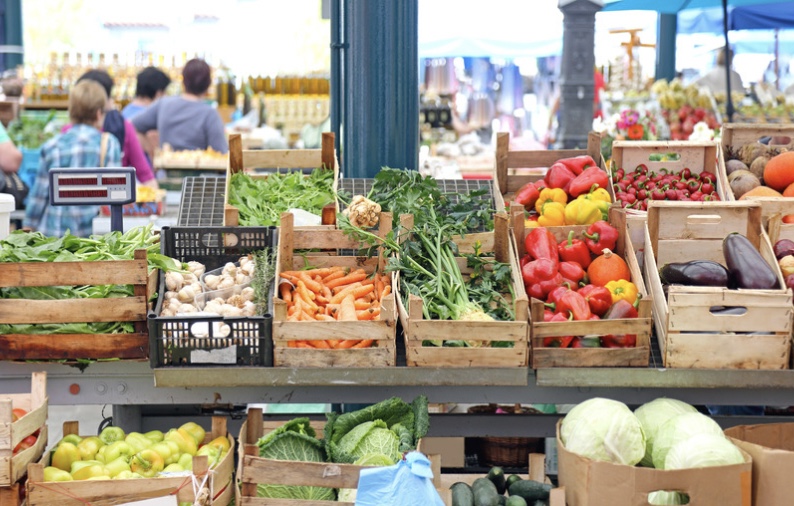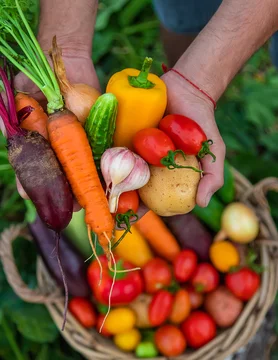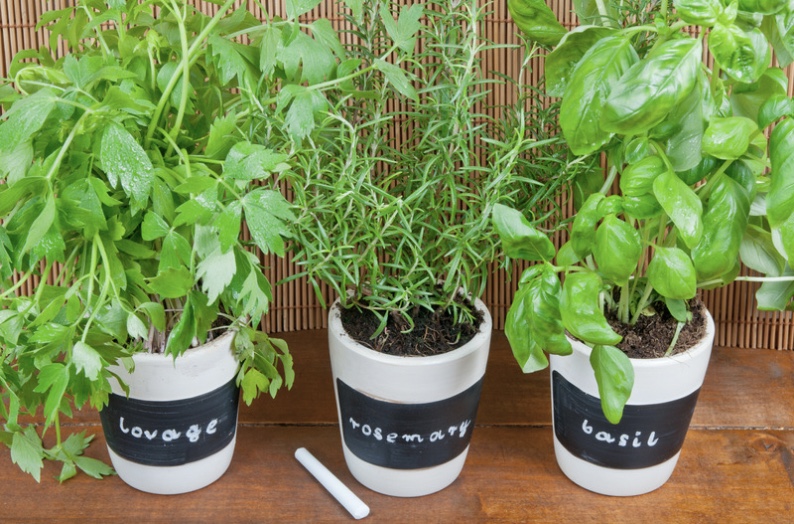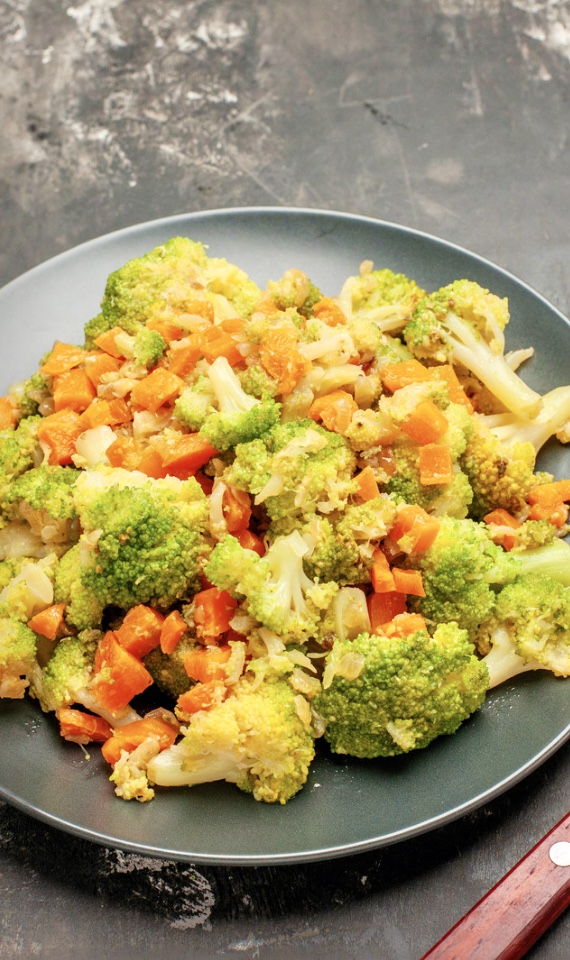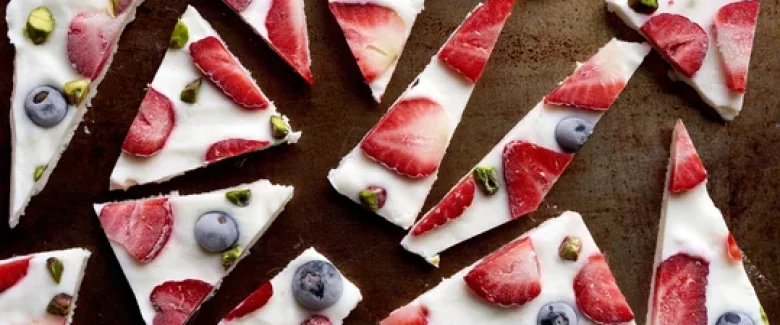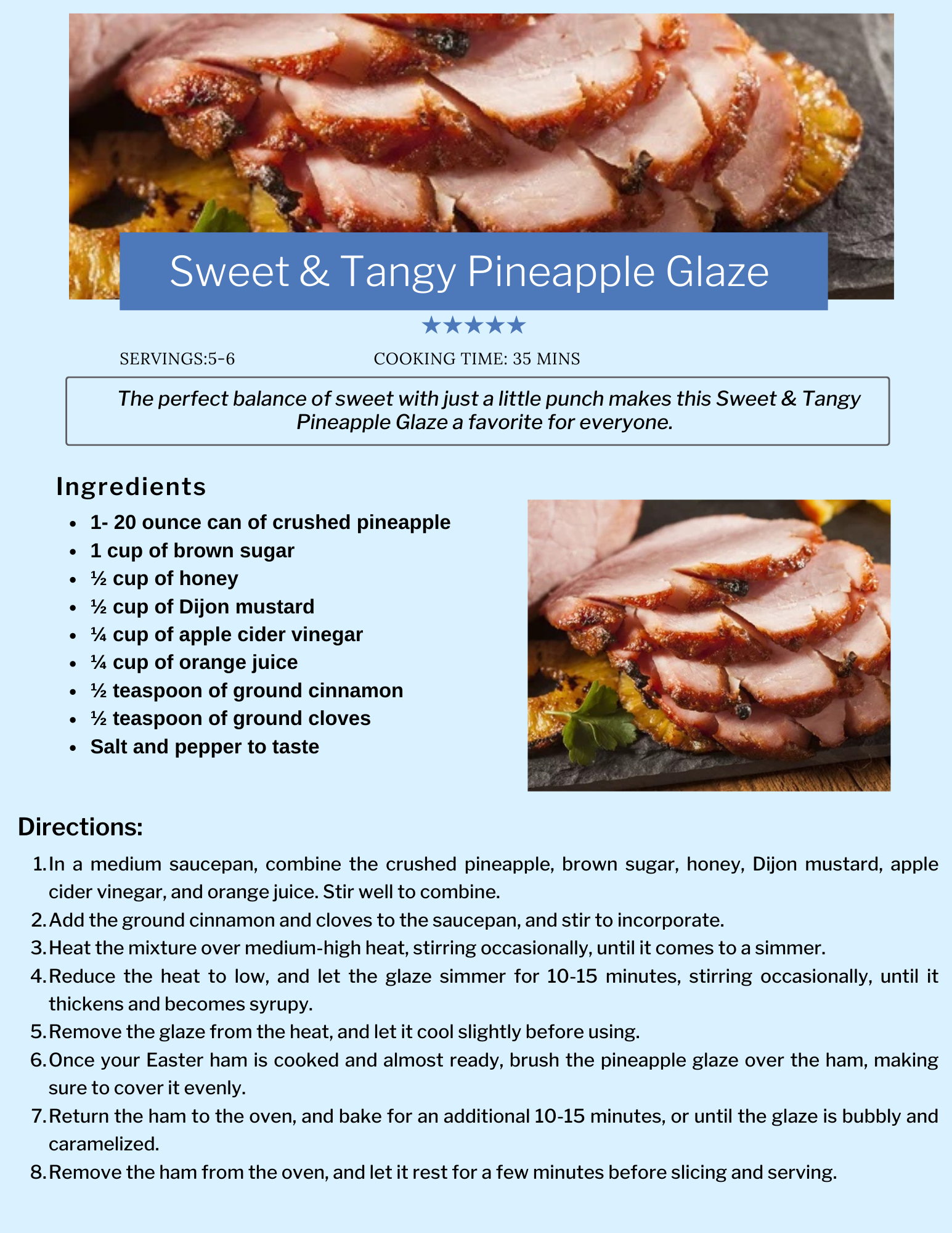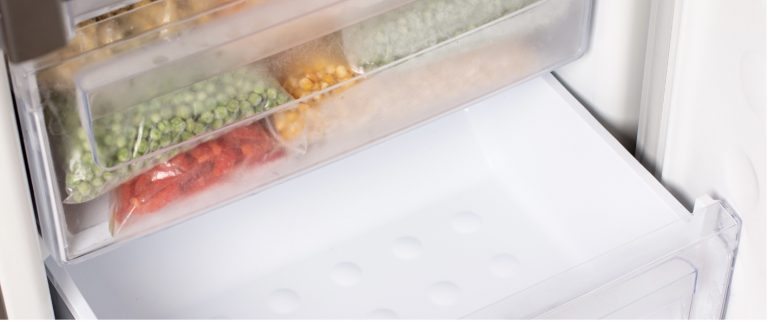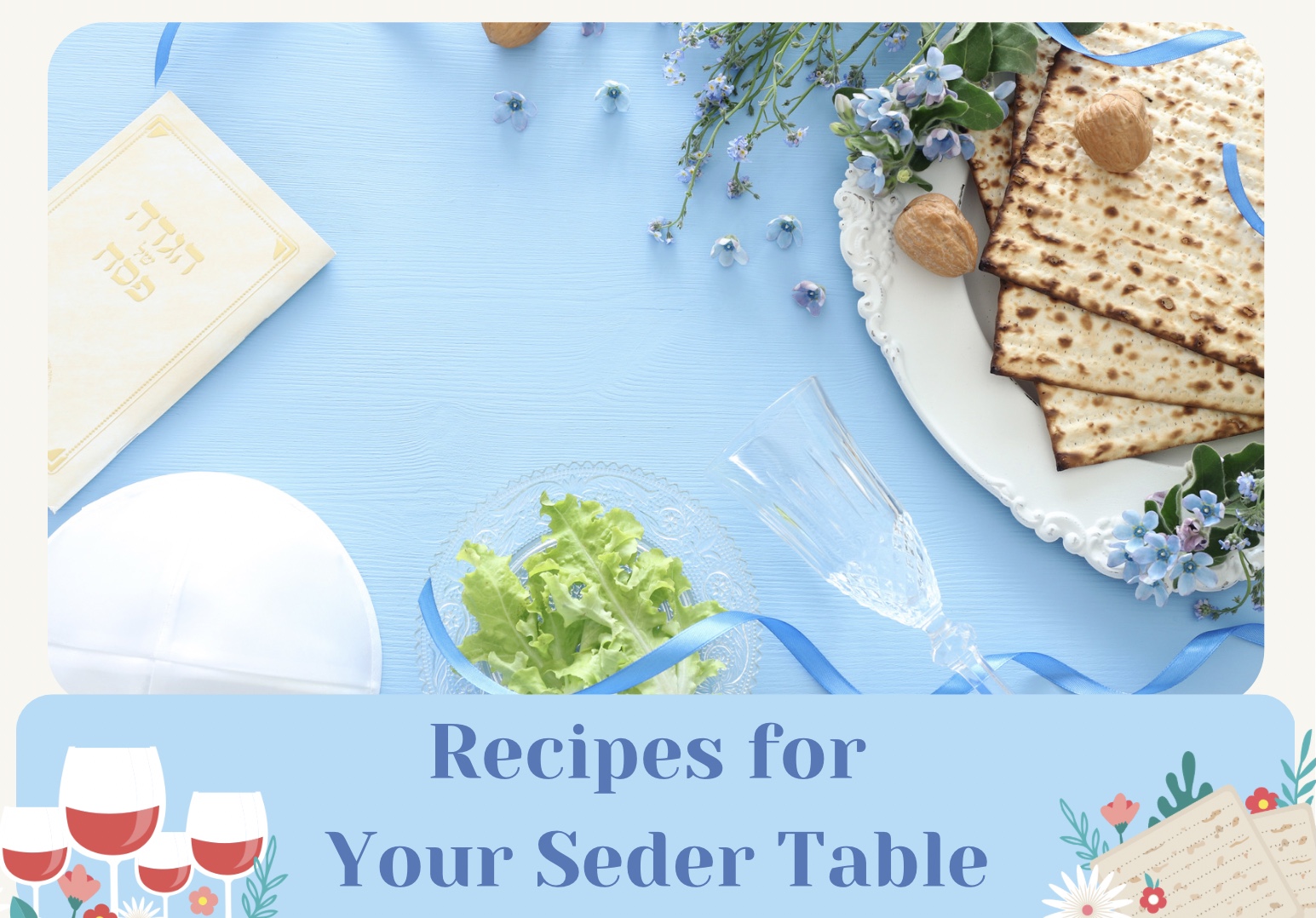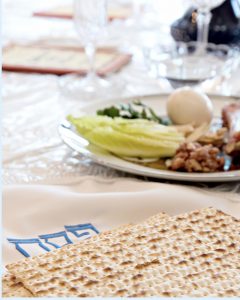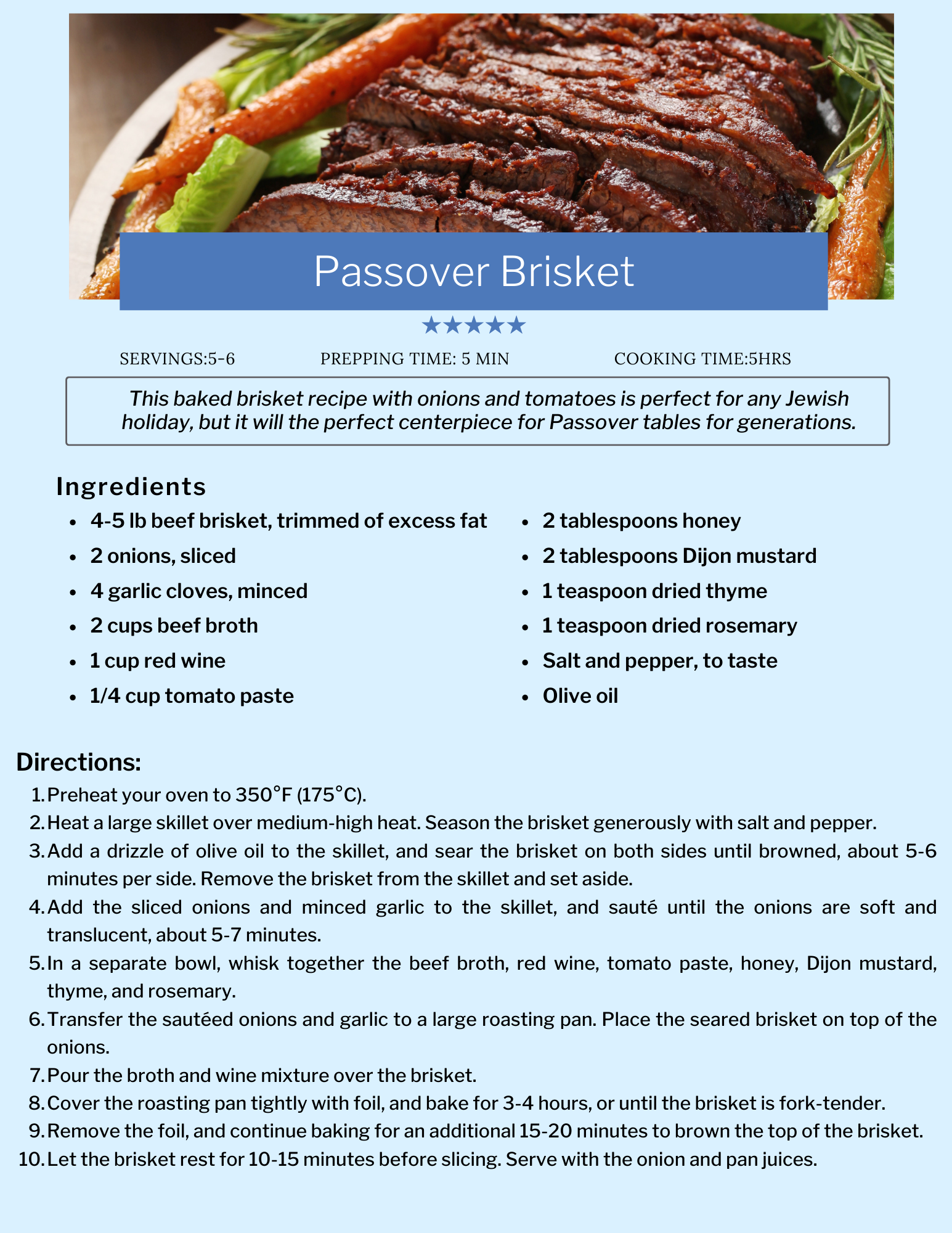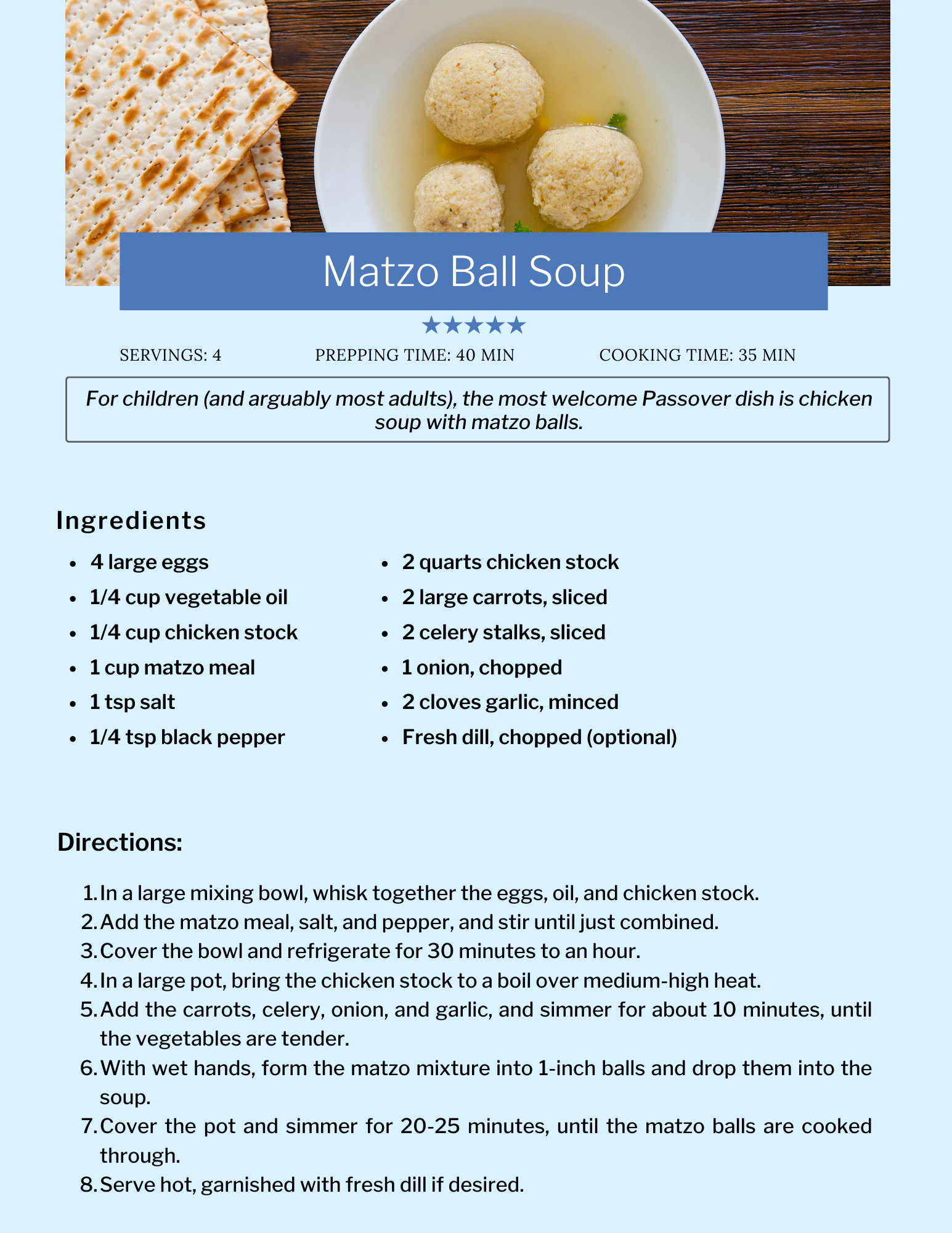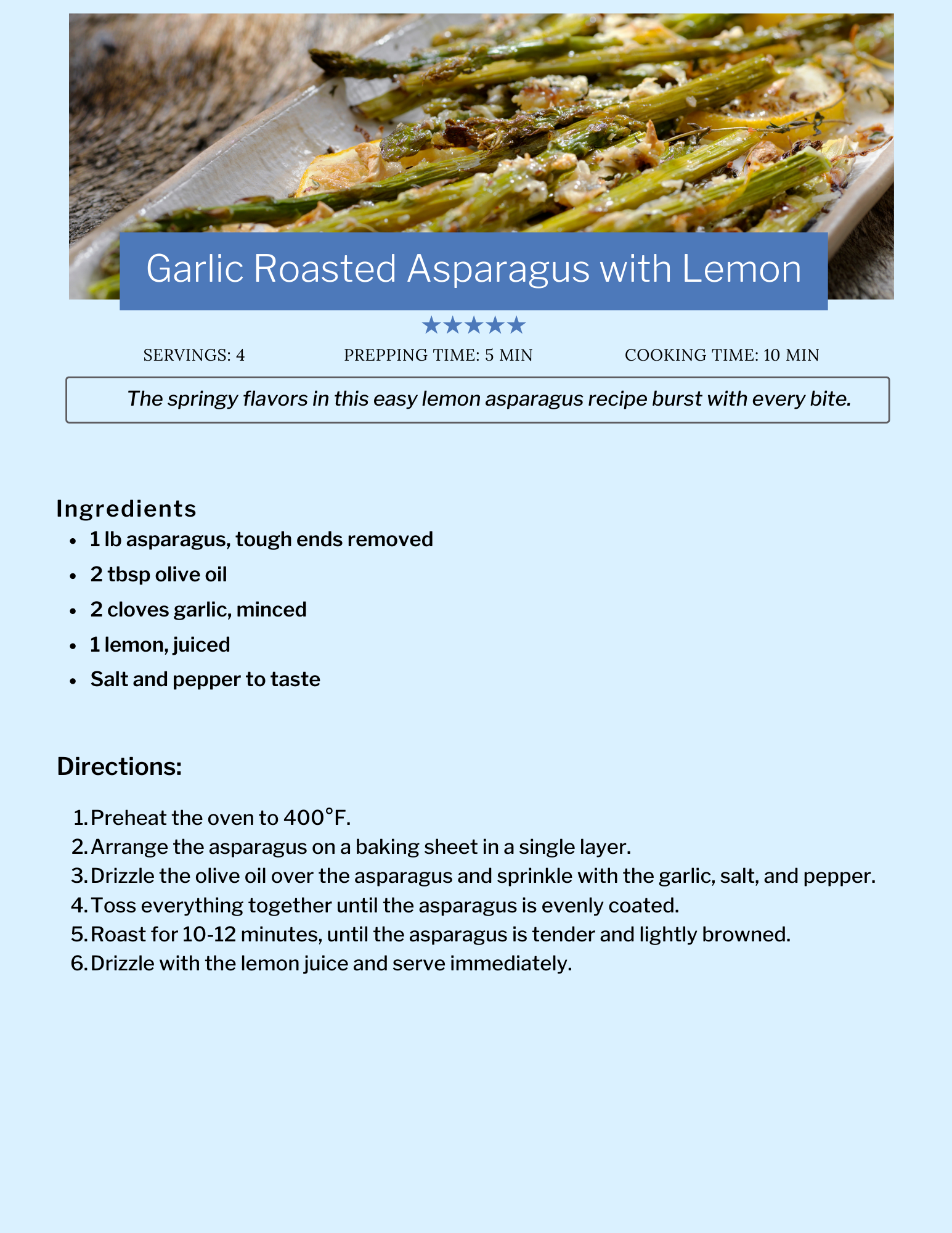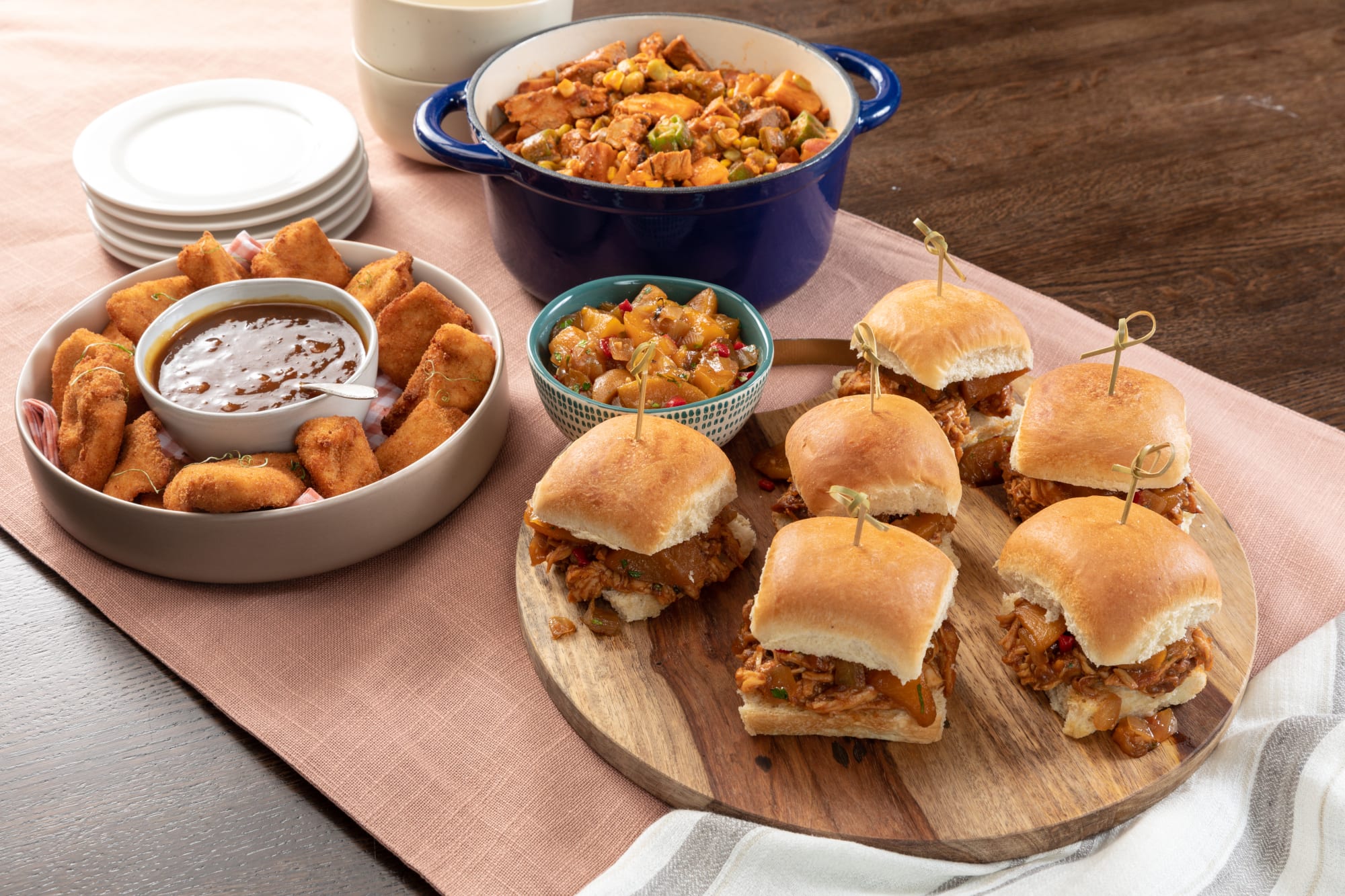
Taste the Tradition: Kentucky Derby Foods
The Kentucky Derby is a well-known American event that annually attracts thousands of fans. However, it’s not just about the horse races. The Kentucky Derby is famous for a variety of reasons, one of the most significant reasons is its rich history. The race has been run annually since 1875, making it one of the oldest continuously run sporting events in the United States. It’s a part of American culture and is steeped in tradition, from the mint juleps to the garland of roses. Most would argue that the event’s food is as important, and the Kentucky Derby offers some of the most unusual and delectable dishes.
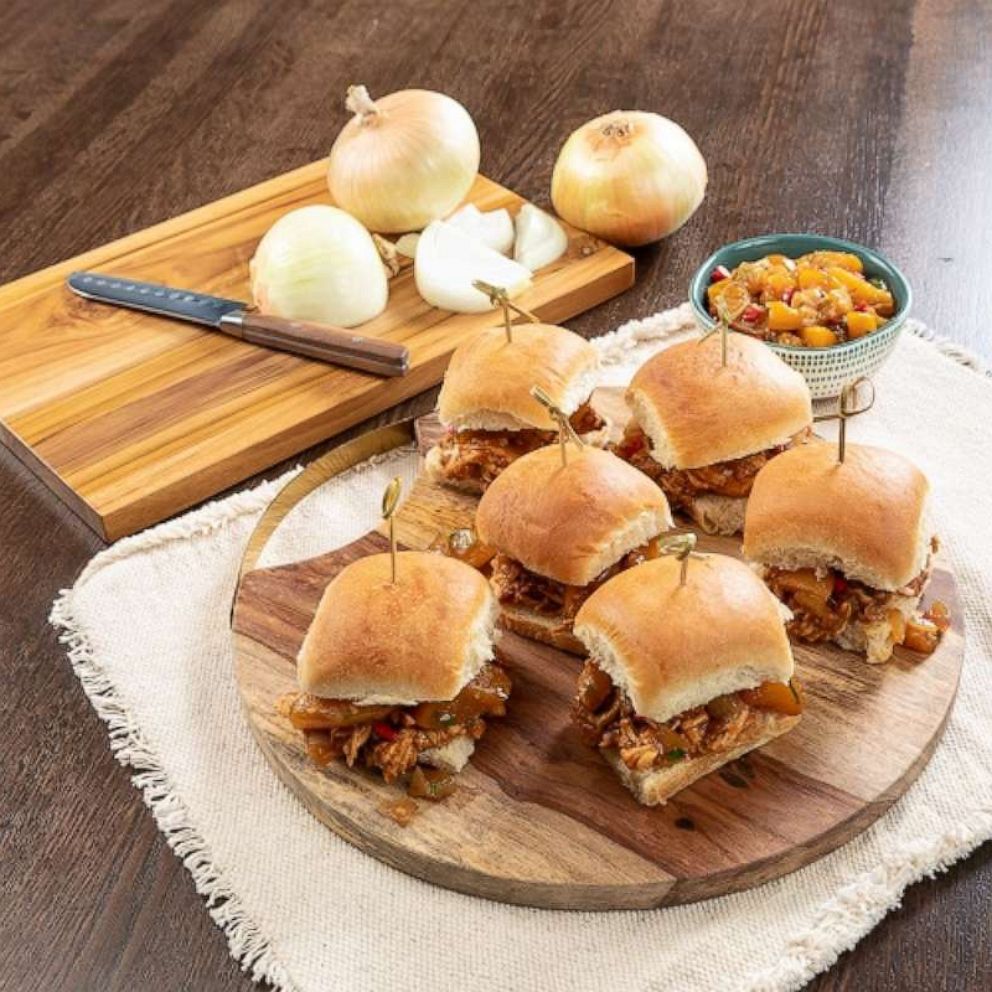
Derby Delights
The Mint Julep is among the most famous foods. This beverage is offered in a silver cup and serves as the Kentucky Derby’s official beverage. It is made with bourbon, mint, sugar, and ice, and a fresh mint sprig serves as the garnish. It’s a cool beverage that goes well with the race’s customarily warm weather.
The Hot Brown is another dish that is well-liked at the Kentucky Derby. The Brown Hotel in Louisville, Kentucky, is where the hot sandwich known as the Hot Brown was created. It is eaten open-faced on bread and is made with turkey, bacon, and Mornay sauce. It’s a tasty and filling sandwich that’s ideal for a quick snack throughout the race.
The Derby Pie is a delicacy that should not be missed by sweet tooths. The recipe for this chocolate-nut pie, which was created in Kentucky, is a closely-kept secret. Pecans, bourbon, and chocolate chips are common ingredients in the pie. It’s a sumptuous dessert that will satisfy your hunger perfectly.
There are some unusual delicacies that are provided during the Kentucky Derby in addition to the customary foods. With a variety of meats, vegetables, and spices, Burgoo is a thick stew. It is a customary Kentucky meal that is frequently offered at Derby celebrations. On chilly race days, it’s a fantastic comfort dish that will warm you up.
The Kentucky Bourbon Ball is another unusual food item. A favorite sweet in Kentucky, these candies are created with bourbon, cream, and chocolate. They’re a wonderful way to savor Kentucky bourbon’s tastes in a sweet and creamy form.
As you can see, the Kentucky Derby is more than merely a horse race. The food is a significant part of the event, and there are some delicious and unique dishes to try. From the Mint Julep to the Derby Pie and everything in between, there’s something for everyone at the Kentucky Derby. So, grab a plate, sit back, and enjoy the flavors of Kentucky during the “Run for the Roses.”
Here are some Kentucky Derby foods and facts:
- The Kentucky Derby is a famous horse race that takes place annually on the first Saturday in May at Churchill Downs in Louisville, Kentucky.
- The first Kentucky Derby was held in 1875 and was won by a horse named Aristides.
- The Kentucky Derby is the first race in the Triple Crown of Thoroughbred Racing, which also includes the Preakness Stakes and the Belmont Stakes.
- The fastest time ever recorded at the Kentucky Derby was set by Secretariat in 1973. He completed the 1 1/4 mile race in 1:59.40.
- The Kentucky Derby is also known as the “Run for the Roses” because the winner of the race is awarded a blanket made of roses.
Below, we’ve pulled together two of our best derby recipes to inspire fans all over to get creative in the kitchen and taste a little bit of the Kentucky Derby.
Kentucky Burgoo Recipe
Ingredients:
- 2 tablespoon canola oil, divided
- 2- (8 ounce) Certified Angus Beef Top Sirloin Cut Filets, cut into 1- inch cubes
- ½ pound Five Star Home Foods pork loin, cut into 1-inch cubes
- ½ pound turkey breast, cut into 1-inch pieces
- 1 quart chicken stock, divided
- ½ teaspoon salt
- ½ teaspoon freshly ground black pepper
- 1 large onion, cut into 1-inch pieces
- 2 large carrot, cut into 1-inch pieces
- 3 garlic cloves, minced
- 2 Idaho baking potatoes, peeled cubed ½ inch
- 1 cup fresh or frozen cut okra
- 1 cup Cascadian Farm frozen corn
- 1 cup fresh or frozen butter beans
- 1 tablespoon chopped fresh parsley
- A couple sprigs of thyme
- 2 tablespoons dark brown sugar
- 3 tablespoons cider vinegar
- 2 tablespoons tomato paste
- 1 tablespoon Worcestershire sauce
- 1 (14.5-ounce) can diced tomatoes, undrained
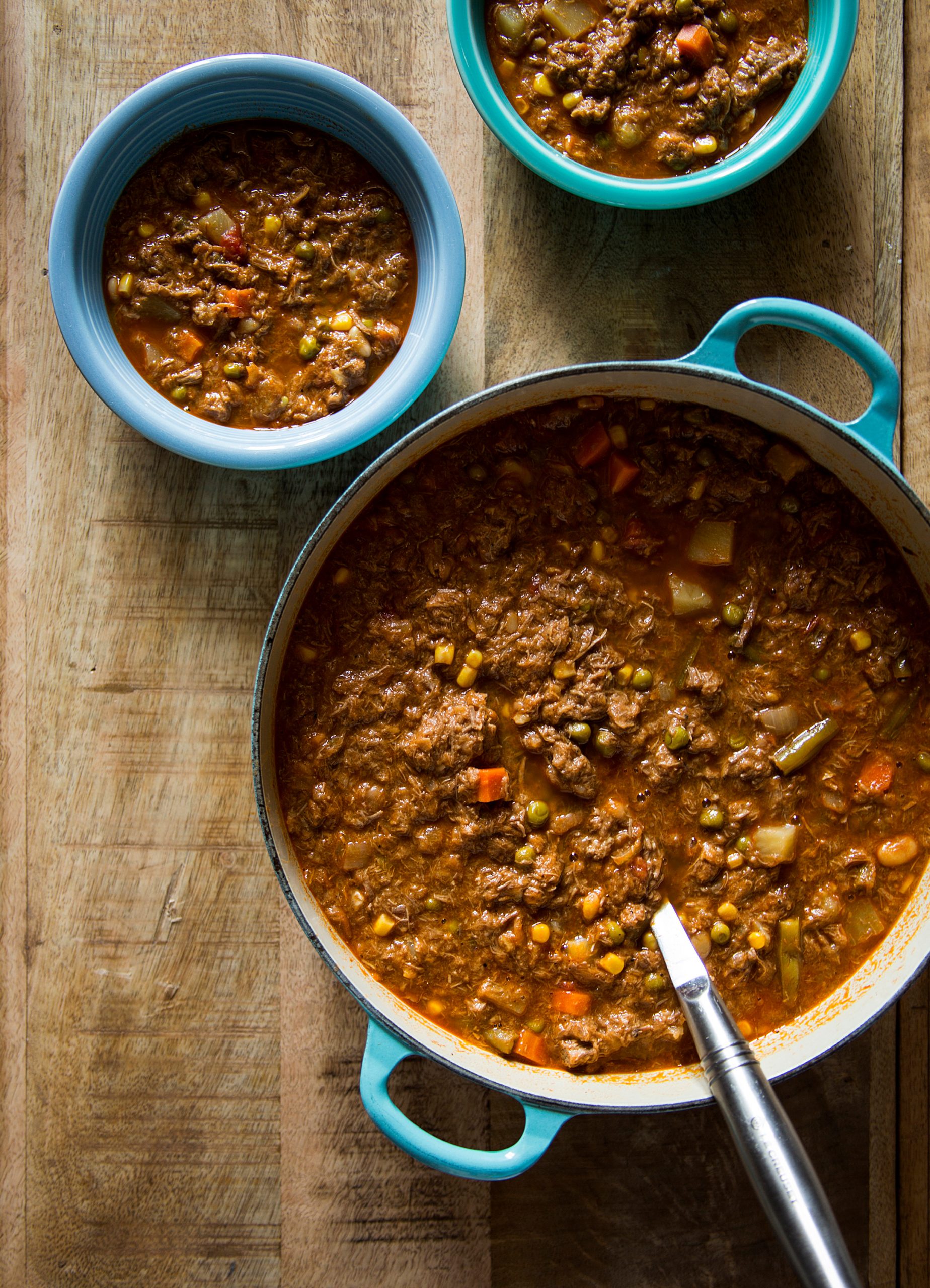
Instructions:
- In a large Dutch oven over medium-high heat, heat 1 tablespoon of oil. Working in batches, sauté beef, pork, and turkey, 5 minutes or until browned. Remove meat from pan. Repeat the procedure with remaining oil, beef, pork, and turkey until all has been browned. Remove from pan
- Add 2 cups broth, salt, ¼ teaspoon black pepper, scraping pan to loosen browned bits. Add beef mixture, remaining broth, onion, bell pepper, carrot, and garlic to the pan. Bring to a boil. Reduce heat, and simmer, uncovered, 1 hour or until beef is tender, stirring occasionally.
- Add the potato, beans, corn, okra, thyme, and 1 tablespoon parsley. Bring to a boil. Reduce heat, and simmer for 30 minutes or until the potato is tender. Stir in remaining ¼ teaspoon black pepper, sugar, and the remaining 4 ingredients. Simmer for 30-minutes or until mixture is thick.
Hot Brown Sliders
Ingredients
- 1 (12-count) package Hawaiian Sweet Rolls, sliced in half
- 1 pound Oven Roasted turkey breast
- 12 slices white sharp cheddar cheese
- 8 slices Hormel Black Label bacon, roughly chopped into 1-inch pieces and cooked until crisp
- 12 slices of Roma tomatoes, about 1/4-inch thick
Mornay Sauce (makes about 1 cup)
- 3 Tablespoons butter
- 3 Tablespoons all-purpose flour
- 1 1/2 cups milk
- Kosher salt and black pepper, to taste
- dash nutmeg
- 1/2 cup cheddar cheese, shredded
Butter Glaze
- 1/2 cup (one stick) butter, melted
- 1 Tbsp. Dijon mustard
- 1 Tbsp. poppy seeds
- 2 teaspoons Worcestershire sauce
- 1/4 teaspoon salt
- 1/4 teaspoon pepper
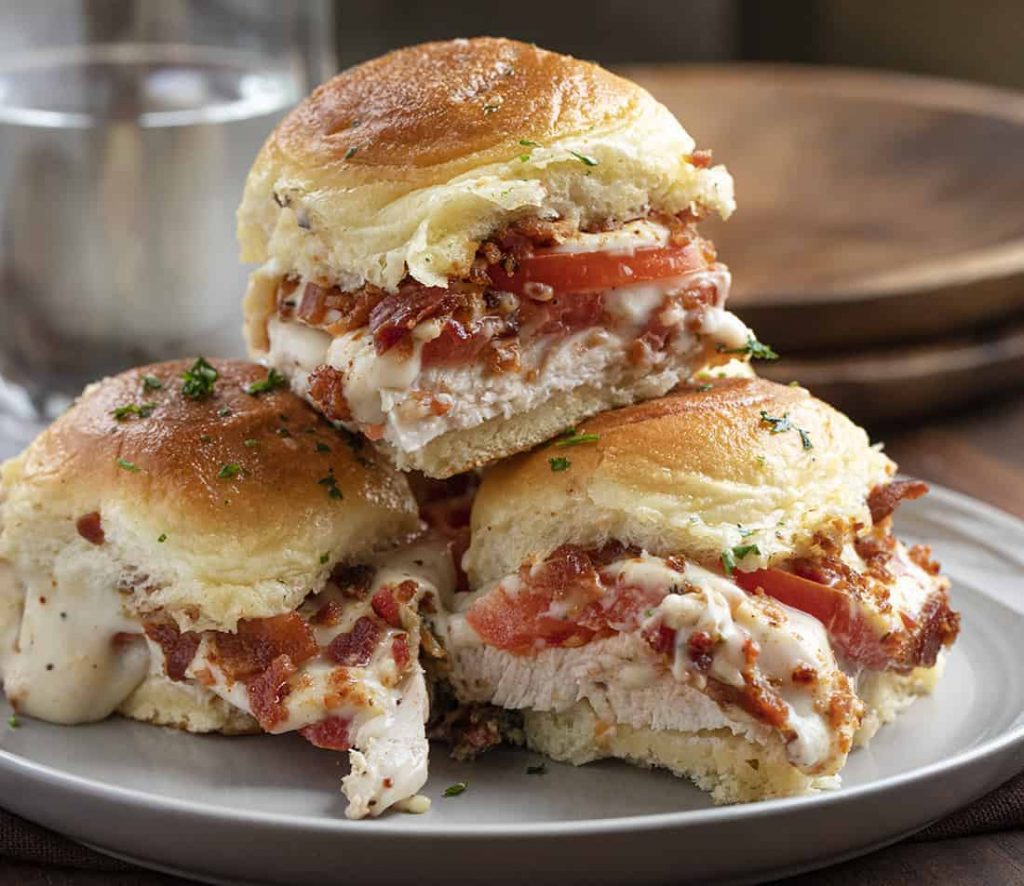
Instructions:
- Mornay Sauce: In a small saucepan, melt butter over medium heat. Whisk in flour. Cook, stirring constantly for 2 minutes, being careful not to brown. Gradually whisk in milk. Bring to a boil, whisking constantly until thickened, about 2-3 minutes. Reduce heat to low. Add cheddar cheese. Remove from heat and season with salt, pepper and nutmeg. Keep warm and set aside.
- Preheat the oven to 350 degrees. Line a 9×13 pan with parchment paper or aluminum foil. Spray with nonstick cooking spray.
- Using a large knife, slice the rolls in half so you have a portion of tops and a portion of bottoms. You want both portions of the rolls to remain connected, so there are two slabs. Place the bottom portion in the prepared pan.
- Evenly layer 1/2 of the turkey over the rolls.
- Evenly layer the cheddar cheese slices.
- Sprinkle with the bacon.
- Layer with the tomato slices. (try to place a slice on each roll)
- Carefully spread the Mornay sauce over the tomatoes.
- Evenly layer the remaining sliced turkey, then top with the top portion of buns.
- Butter Glaze: In a small bowl, whisk together melted butter, Dijon mustard, poppy seeds, Worcestershire sauce, salt and pepper until well combined. Pour mixture evenly over top of rolls.
- Cover the pan with aluminum foil and let it stand at room temperature for 10 minutes. Bake covered for 20 minutes or until the cheese is melted. Remove foil and continue to cook for 5 minutes or until lightly browned on top. Cut into individual sliders and serve immediately.
30-Minutes or Less: Effortless Weeknight Meals
~ Wholesome Delights in 30-Minutes or Less ~ The back-to-school season is in full swing, and with it comes the challenge of managing busy September
Simplify Your Back-to-School Meal Time Routine
More Family Time Made Easy with Five Star Home Foods As the summer break comes to an end, families across the country gear up for
Set-it and Forget-it Instant Pot + Slow Cooker Delights
Instant pot & Slow Cooker Delights for Busy School Nights As the back-to-school season approaches, parents find themselves once again juggling school routines, extracurricular activities,
Goodbye Lunchbox Stress
Tips to Cut Back on Spending As the back-to-school season approaches, parents find themselves facing the familiar challenge of preparing daily lunch boxes for
How Five Star Saves Busy Families Time and Sanity
Saving Busy Families Time A s the back-to-school season kicks in, life for parents and families tends to become a whirlwind of activity. The delicate
The Art of Outdoor Entertaining
Hosting Backyard Movie Nights As the warm summer evenings draw near, there’s nothing quite like the allure of hosting a magical backyard outdoor movie


